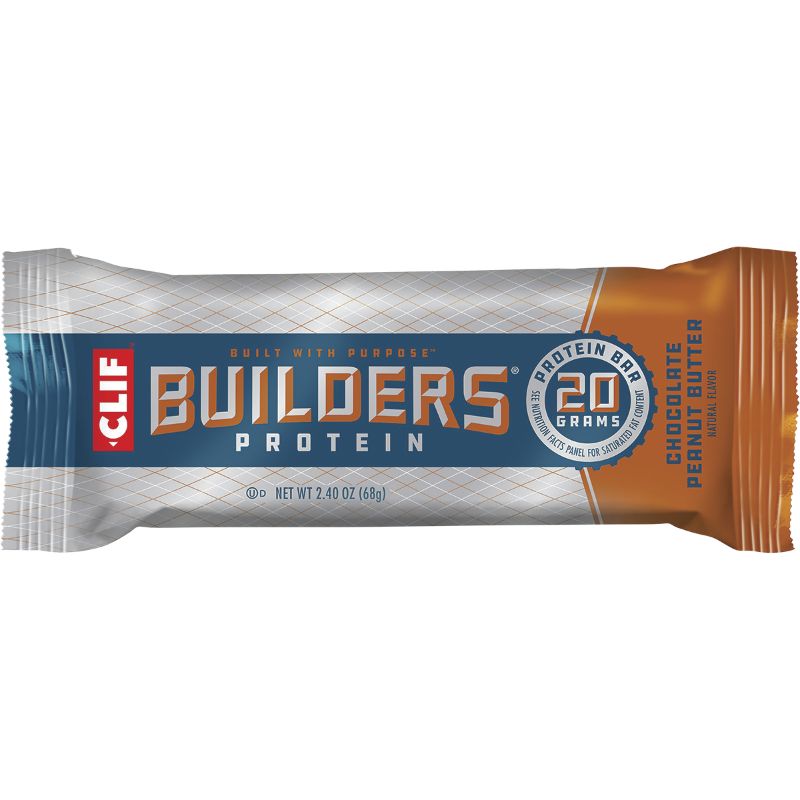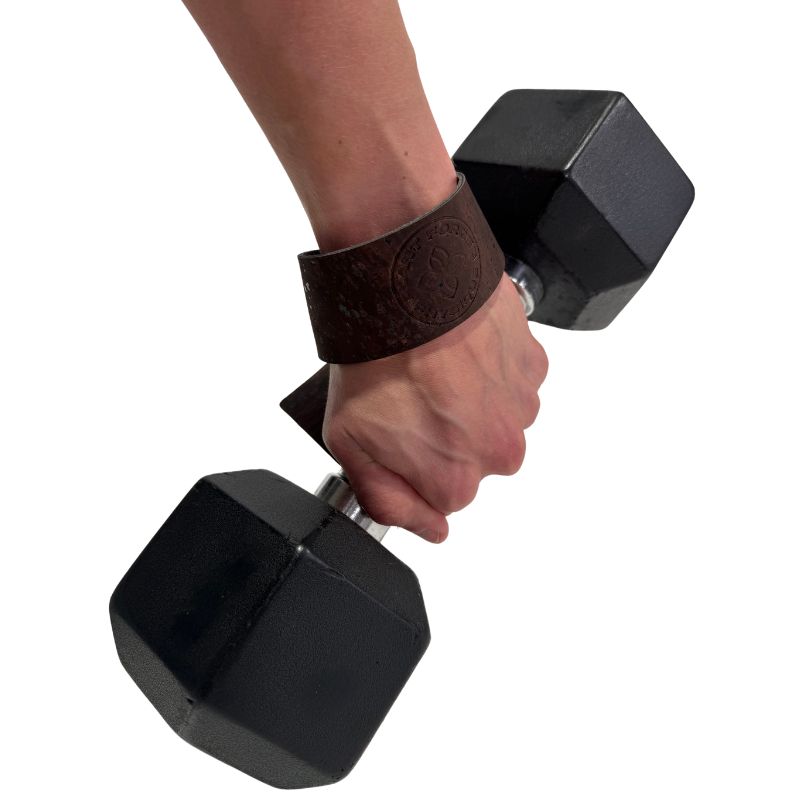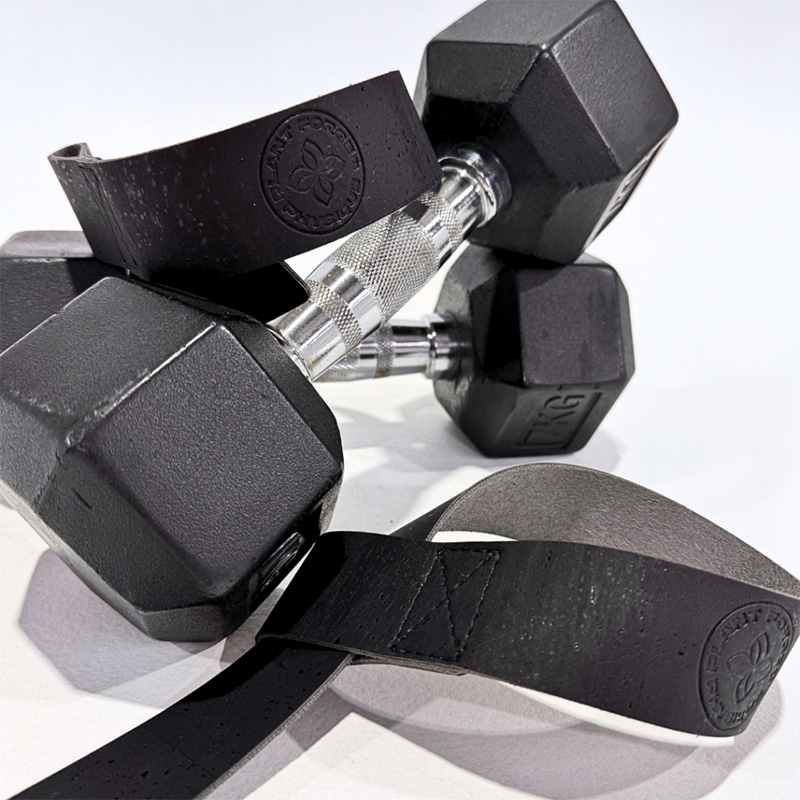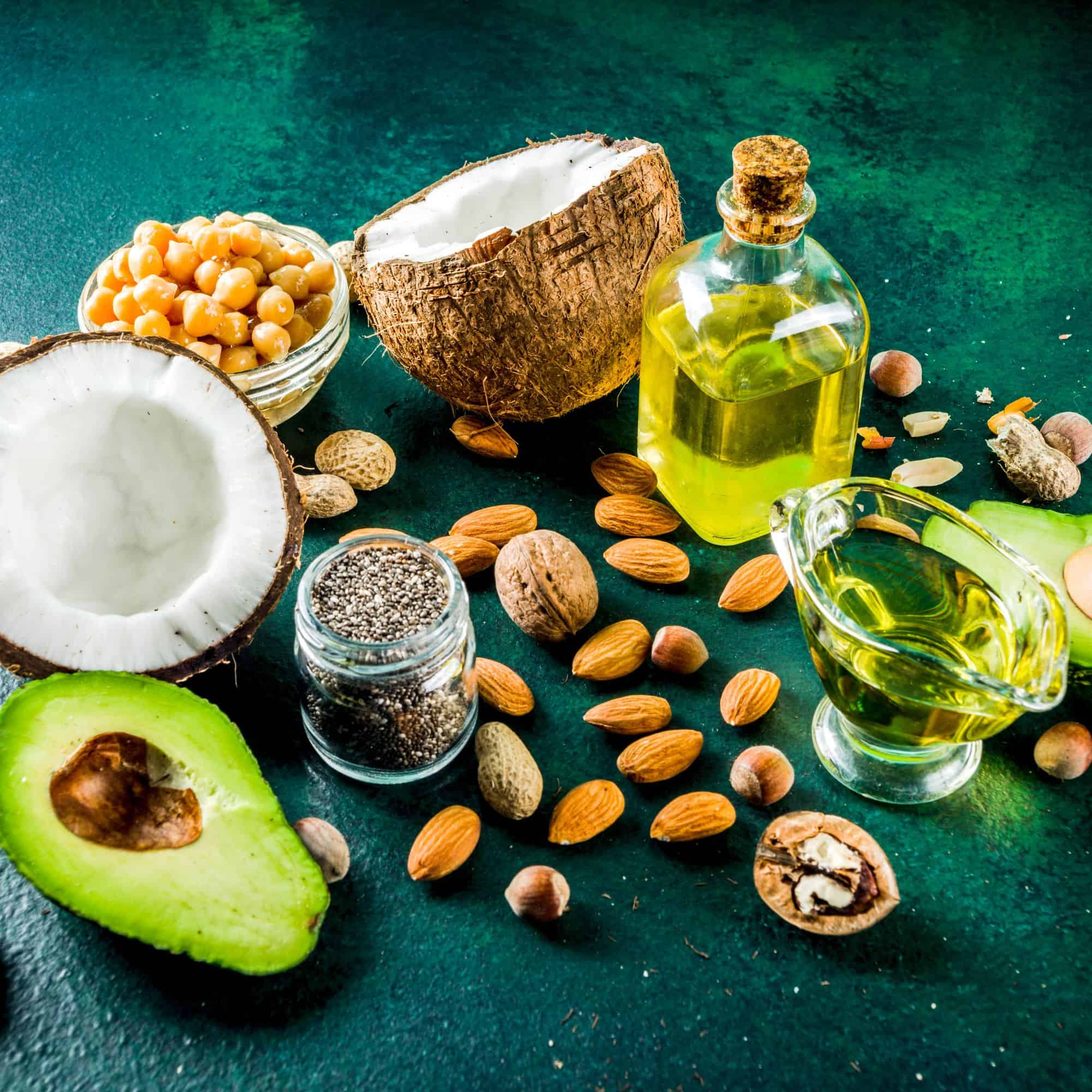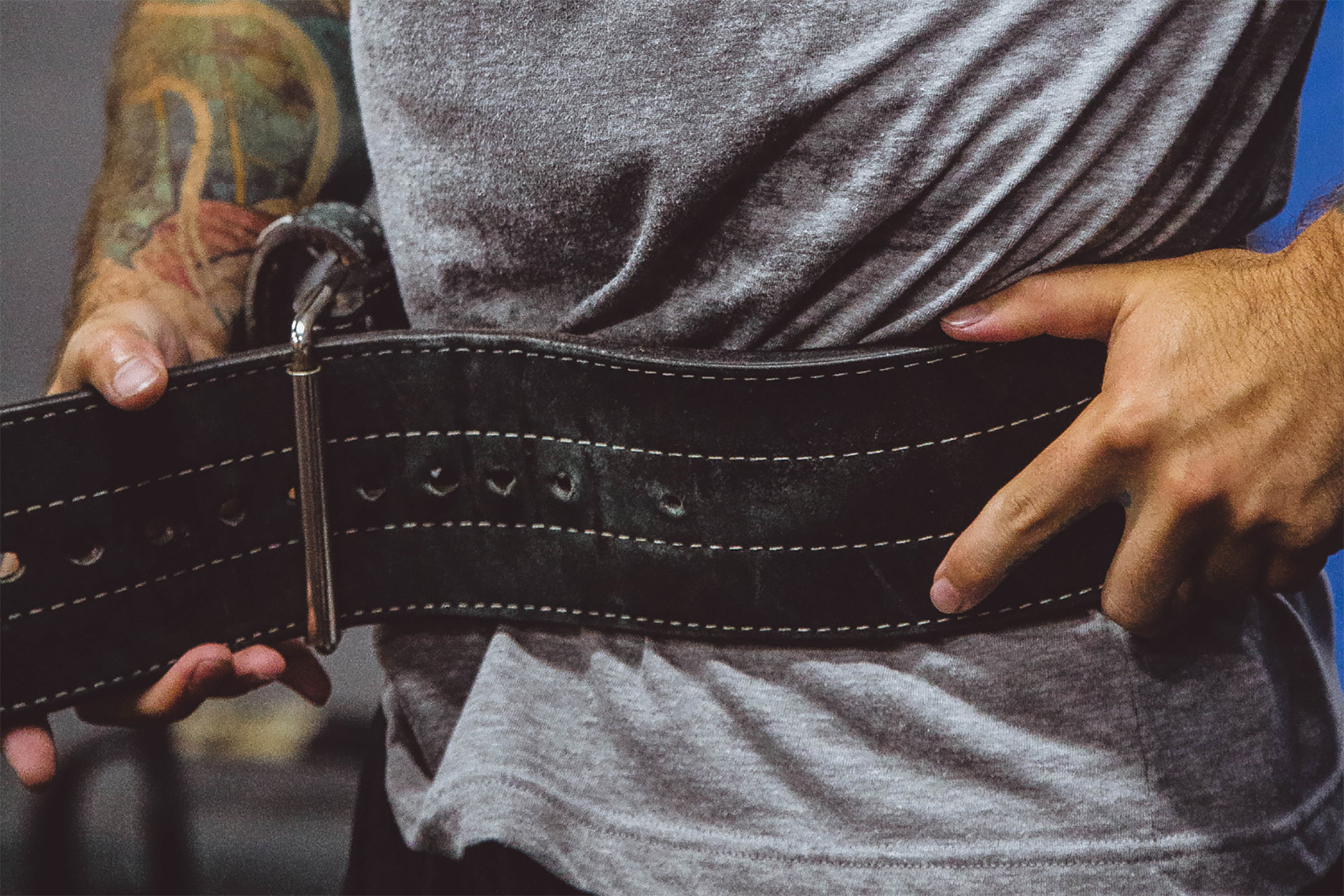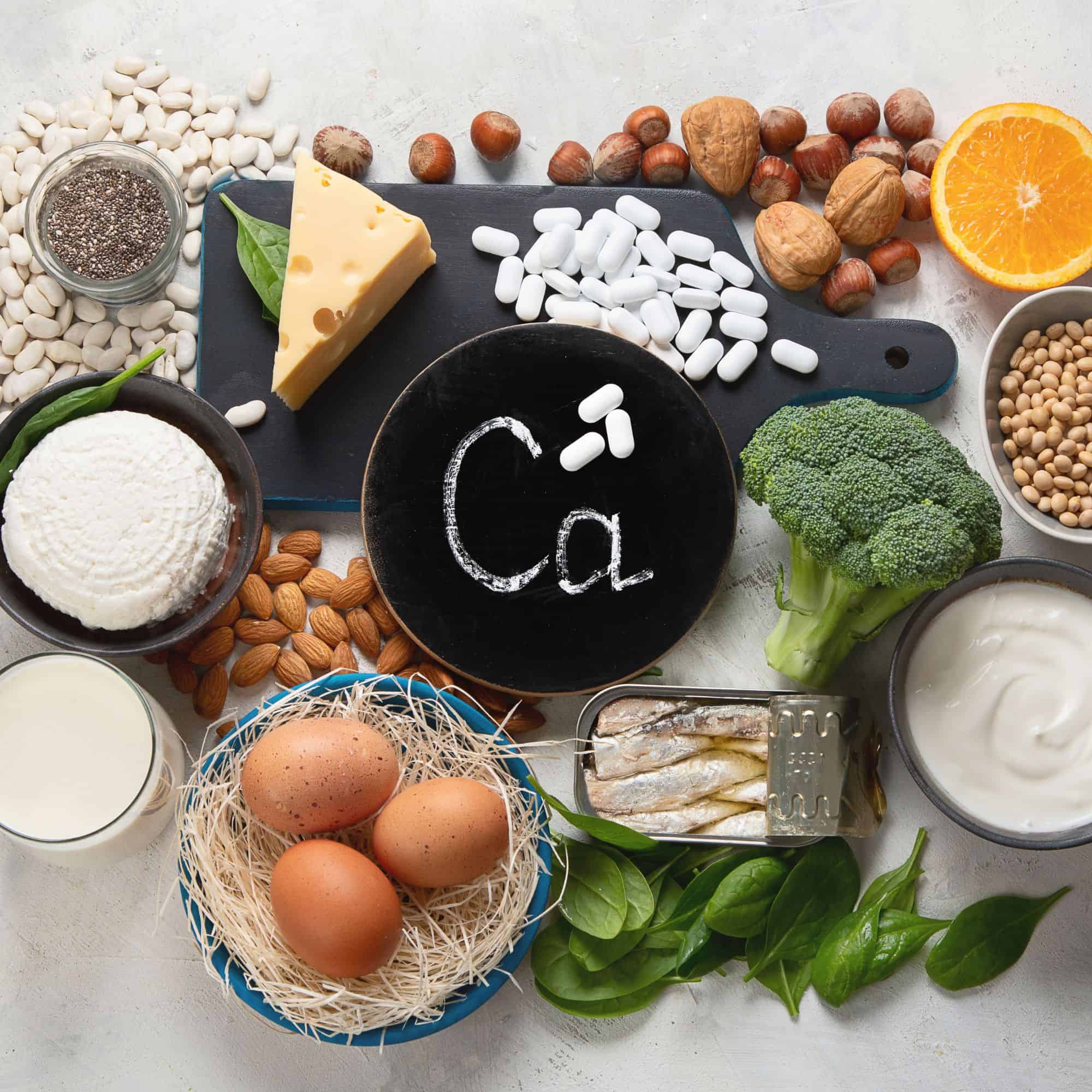
How to improve your strength & muscle mass in the gym

Learn the techniques & strategies you can use to level up your training performance & results
Whether you’re an athlete striving to improve or simply someone looking to optimise your workout routine, there are various methods to push the limits of your performance and maximise gains. So, get ready to unlock your full exercise potential and take your fitness to new heights.
PROGRESSIVE OVERLOAD
Progressive overload is when you gradually increase the demands placed on the muscle during training to continually stimulate strength and muscle growth.
It involves gradually increasing factors such as weight, repetitions, sets, or intensity over time. By consistently challenging the muscles with greater resistance or volume, progressive overload triggers physiological responses that lead to increased muscle fibre recruitment and protein synthesis. This process results in improved strength and muscle tissue.
Progressive overload is key for continued progress and ensures that you can continue to improve over time. A simple way to think of it is once you hit the top of your desired rep range on all sets, increase the weight!

WTF IS RPE?
RPE stands for Rate of Perceived Exertion. The RPE Scale is used to gauge the difficulty level of that exercise or set of reps feels from 0-10. A score of 0 would be akin to standing still or sitting in a chair, while a 10 (very heavy, muscular failure) would be how you feel after completing a Sprint or heavy hard set.
The RPE scale is a helpful guide for ensuring that exercises are challenging enough to stimulate muscle growth, but not so difficult that could lead to injury.
The RPE SCALE
- 0 – Nothing at all
- 1 – Easy, very light
- 2 – Easy, very light
- 3 – Easy, very light
- 4 – Very light
- 5 – Very light
- 6 – Light to Moderate; a good warm-up/deload intensity
- 7 – Somewhat heavy, 3 reps left in the tank
- 8 – Heavy, only 2 reps left in the tank
- 8.5 – Heavy, definitely 1 rep left in the tank, maybe 2
- 9 – Very heavy, only 1 rep left in the tank
- 9.5 – Very heavy, MAYBE 1 rep left in the tank
- 10 – Extremely heavy, no reps left in the tank (muscular failure)
Training close to muscular failure (i.e. between an RPE 7-9), also known as taking your sets to the point where you can no longer perform another rep with proper form, is an effective strategy for those seeking to maximise muscle growth and hypertrophy.
This approach induces a high level of metabolic stress and mechanical tension on the muscles, which are two primary drivers of muscle adaptation -i.e. the creation of new muscle fibres.
TRAINING INTENSITY TECHNIQUES
Training intensity techniques are useful for promoting hypertrophy and muscle growth as they can increase metabolic stress, mechanical tension, and training volume, stimulating muscle adaptation.
They should be used strategically – and balance their use with consideration for recovery.
- Supersets: A training technique where two exercises are performed back-to-back without rest. These exercises can target the same muscle group (e.g., bicep curls followed by hammer curls) or different muscle groups (e.g., chest press followed by lunges). Supersets increase training intensity by minimizing rest periods and maximizing muscle fatigue.
- Drop sets: A technique where an exercise is performed to failure or near-failure, and then the weight is immediately reduced, allowing for additional repetitions to be performed. This technique aims to extend the set and increase training intensity by challenging the muscles beyond their initial capacity.
- AMRAP (As Many Reps/Rounds As Possible): A workout or set structure where the goal is to complete as many repetitions or rounds of a specific exercise or circuit within a predetermined time frame. AMRAP increases training intensity by pushing individuals to perform at their maximum capacity within a set duration.
- Pyramid Sets: A workout structure where the weight or intensity increases gradually with each set, and the number of repetitions decreases accordingly. For example, starting with a lighter weight for higher repetitions and progressively increasing the weight while reducing the number of repetitions. Or vice versa. Pyramid sets increase training intensity by challenging the muscles with progressively heavier loads.
- Straight Sets: This is the "typical" way to perform reps. & sets. You complete all the repetitions and sets with a consistent load before moving on to the next exercise or resting
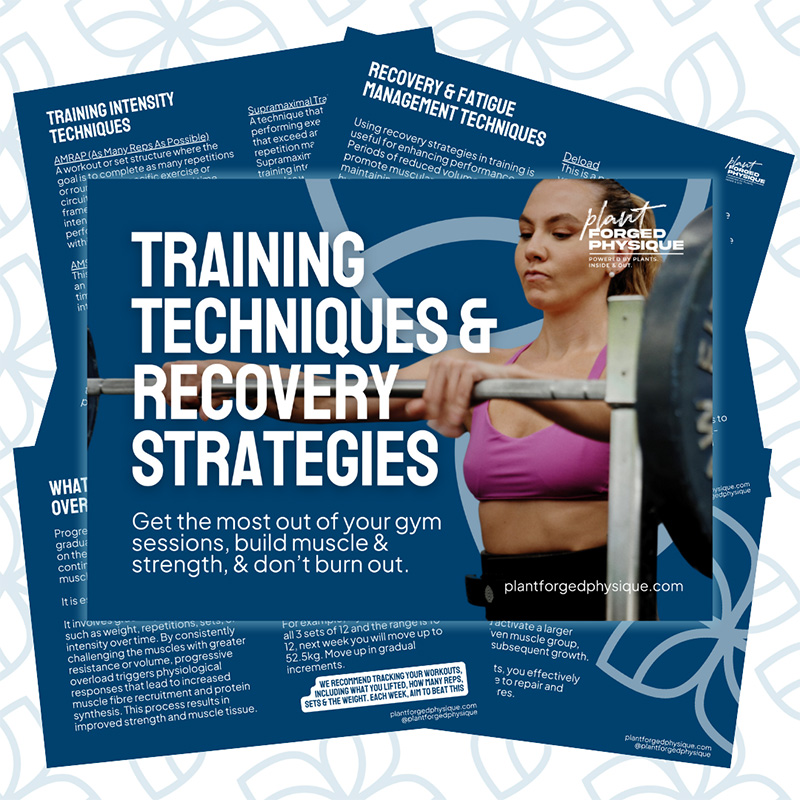
free
Downloadable
TRAINING & RECOVERY TECHNIQUES
Learn the training techniques used to create muscle growth & recovery strategies to optimise performance & results.
free
Downloadable
YOUR OWN TRAINING TEMPLATE
Learn to create a simple yet effective training plan for the gym or at home to help you with your goals.




